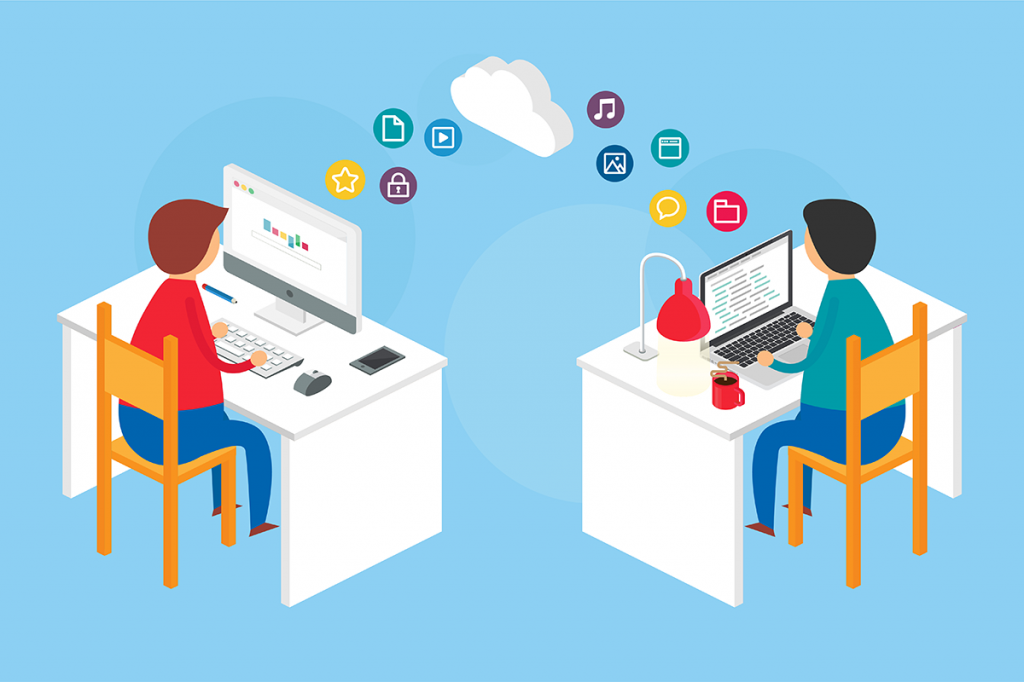Where are these virtual mobility opportunities?

As this is a relatively new area within mobility programme thinking, we are still considering what forms virtual mobility can take. Previous practice has tended to focus on the main forms of physical mobility promoted by the European Union (through the Erasmus+ programme), notably spending a period of time attending courses at an institution in another country, usually in higher education, but more recently extended to adult and vocational education and training. But as the Inclusive Mobility Alliance says: “The question of the inclusiveness of one of the flagship EU programmes has been raised many times over the past few years. Despite many efforts made, Erasmus+ is still considered by many as a rather elitist programme.” (Inclusive Mobility Alliance)
Virtual mobility opportunities can involve wider forms of cultural interchange and learning between people in different countries including:
- Virtual Collaborative Projects: bringing together students and participants from different countries to work together in a project.
- Virtual work experience: Mainly provide insight on which professional fields might interest the student? Work experiences are more about seeing the work place and following employees as they do their jobs rather than actually completing tasks.
- Short courses: Skill and language ‘bootcamps’ over a short period often ending in some form of certification for those skills. Helping to obtain jobs and internship in both the home country and / or other countries.
- Virtual Internship: Introduction into the professional world, exploration of various careers, specific and transferable skills to be gained, language abilities.
- Virtual Cultural interchanges – insight into the culture, open-mindedness, language abilities, tandem projects with foreign students: casual chats with long term correspondence, very little competence requirements?
These specific spaces are where we would like to focus out attention within this toolkit. We want to provide insights into how these forms of cultural interchange and learning can be accessed, what supports might be necessary and most importantly, can we amplify the voices of people with disability who have undertaken or wish to engage with these types of opportunities.
